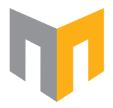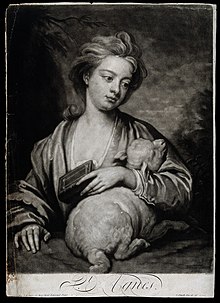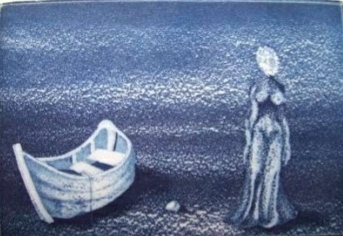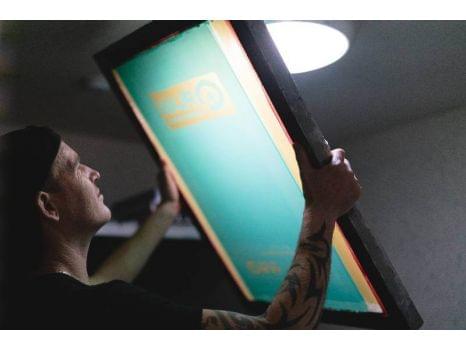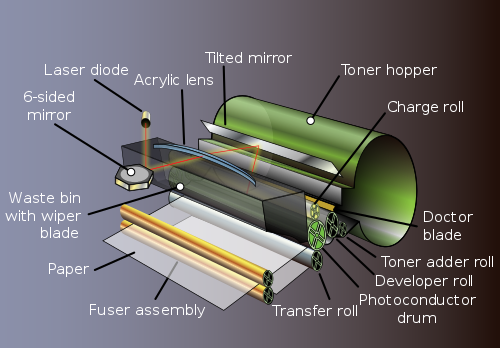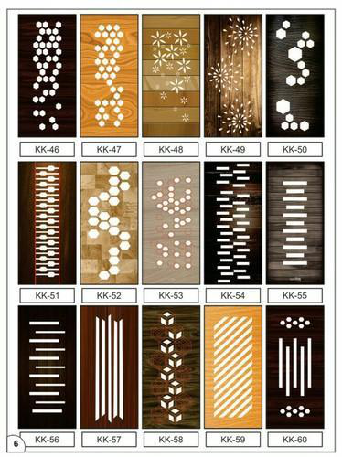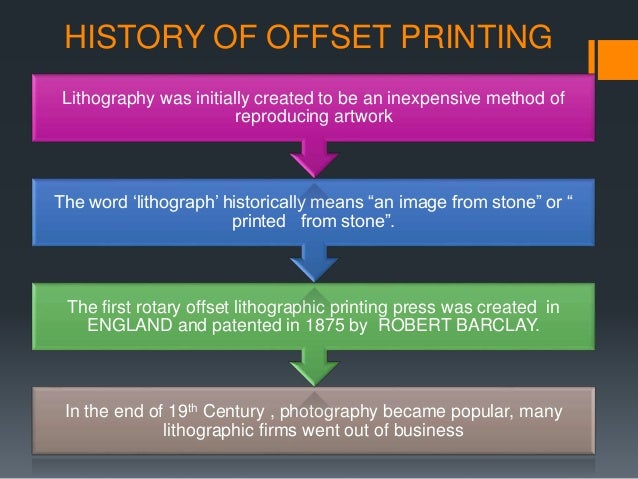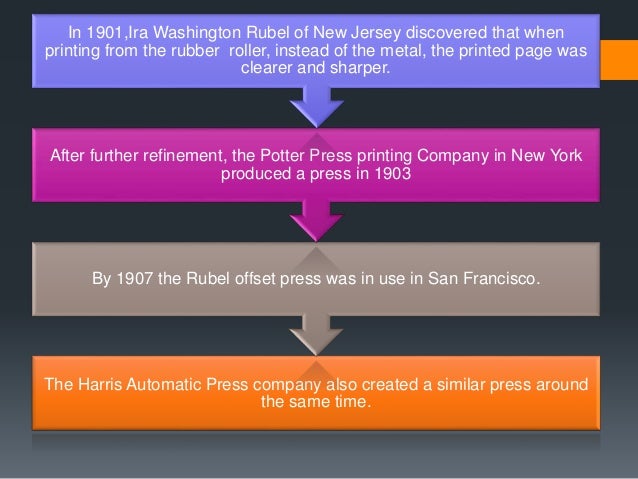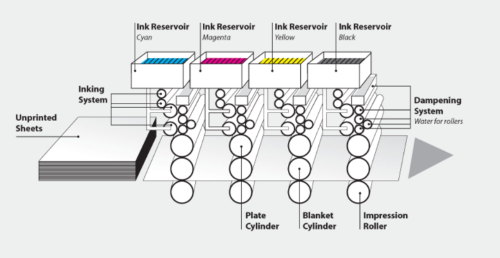
What is Etching ?
Etching is traditionally the process of using strong acid or mordant to cut into the unprotected parts of a metal surface to create a design in intaglio (incised) in the metal. In modern manufacturing, other chemicals may be used on other types of material. As a method of printmaking, it is, along with engraving, the most important technique for old master prints, and remains in wide use today. In a number of modern variants such as micro-fabrication etching and photo-chemical milling it is still crucial technique in much modern technology, including circuit boards.

Semi conductors in micro-fabrication 
Exposing light sensitive plates in PCM 
Final products of PCM
When had it ever started ?

Etched metal Pauldron of the Medieval Knight 
Etched metal Sallet of Medieval Knight 
Swords from Toledo, Gladius
There is no historical evidence in who exactly discovered metal would be incised when dipped in acid.
But yes, chronologically speaking, the profession of etching , the Etchers , were goldsmiths. The earlier artworks of etching is vividly seen in the suits of kings and his knights.
How did Etching meet Printing ?
In 1497 , German Etcher Daniel Hopfer married Justina Grimm, sister of the Augsburg publisher, physician and druggist Sigismund Grimm.
During the year of early 15th century, when both printing and etching were at par together , Daniel blended both of the art . His advantage of the Augsburg Publisher and his skill as an etcher paved this way.
There were no existential works of Daniel Hopfer that couldn’t predate the works of Urs Graf , a Swiss Renaissance print-maker, who happens to has had done the earliest known etchings on paper. Graf learnt the skill from Hopfer, so it would be logical in whom did it start out with. But there aren’t clear evidence of Daniel Hopfer’s work to prove this .
The hows of Etching
In traditional pure etching, a metal (usually copper, zinc or steel) plate is covered with a waxy ground which is resistant to acid. The artist then scratches off the ground with a pointed etching needle. where he or she wants a line to appear in the finished piece, so exposing the bare metal.

The échoppe, a tool with a slanted oval section, is also used for “swelling” lines.

The plate is then dipped in a bath of acid, technically called the mordant (French for “biting”) or etchant, or has acid washed over it. The acid “bites” into the metal (it reacts with it in a Redox reaction) to a depth depending on time and acid strength, leaving behind the drawing skillfully carved into the wax on the plate.

The remaining ground is then cleaned off the plate. For first and renewed uses the plate is inked in any chosen non-corrosive ink all over and the surface ink drained and wiped clean, leaving ink in the etched forms.
The plate is then put through a high-pressure printing press together with a sheet of paper (often moistened to soften it). The paper picks up the ink from the etched lines, making a print. The process can be repeated many times; typically several hundred impressions (copies) could be printed before the plate shows much sign of wear. The work on the plate can be added to or repaired by re-waxing and further etching; such an etching (plate) may have been used in more than one state.
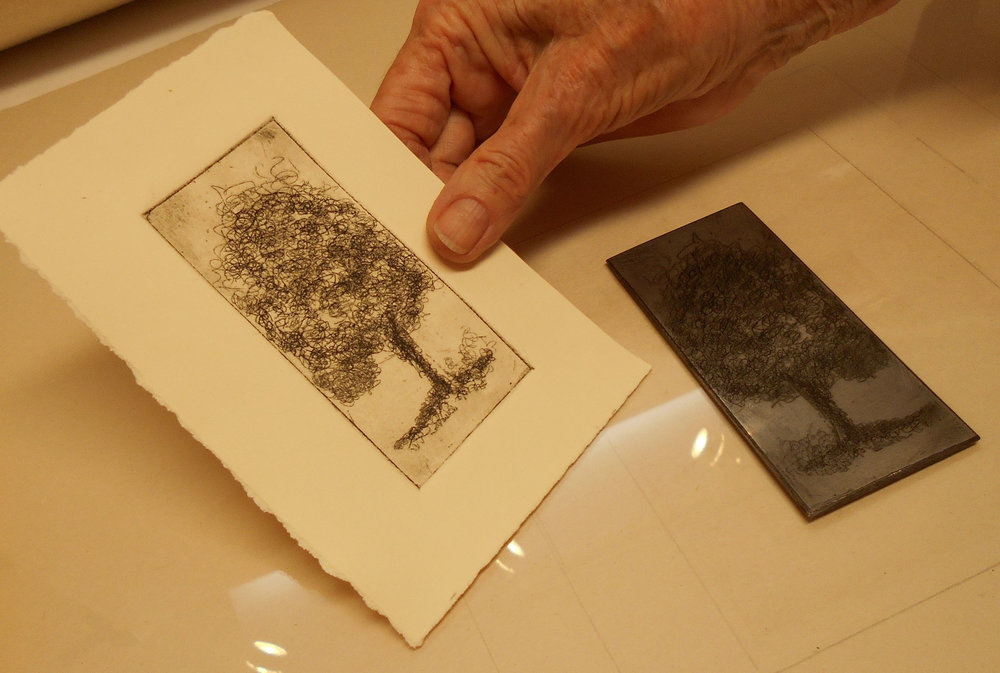
At a glance with brief details

Summary of the final work
#1.The final printed ink work would be a mirror image of the sketch scratched over the plate .
#2.The longer the placement of the grounded metal plate inside the acid bath, the deeper the incision could get. Alternate application of ground after acid bath can lead to tone differences.
#3.The formation of bubbles during the biting period could hinder the process. A soft brush can be used to eliminate them or by inverting the metal plate would help (taking it out could slightly be difficult though).
#4.Remove the acid left over the plate with water and apply solvent such as turpentine to remove the wax ground. Eliminate the grease of the solvent using Mentholated spirit. The grease could affect the ink while spreading over it .
#5. Apply the ink evenly into the grooves of the plate using a matte card. the main idea is to get them grooves filled with ink.
#6. Wipe off the ink on the surface of the metal plate only using organza paper or common new papers will do.
#7. Inverse the metal plate over a moist paper and press it uniformly .
The Acids
Use Ferric Chloride for Copper and Zinc Plates : 1 Part Ferric Chloride and 1 part water
Use Nitric Acid for Steel and Zinc Plates : 1 Part Nitric Acid and 1 Part water
Different types of metal plates
Steel
Durable . Has natural and rich aquatints . Line quality not as fine as copper.

Copper
Traditional metal . Bites evenly . Holds Texture well. Does not distorts the ink when wiped
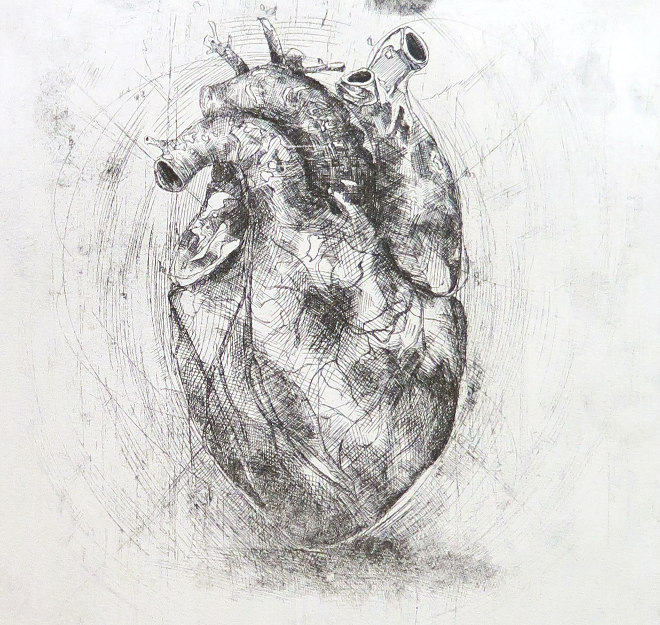
Zinc
Easy to deal with . Cheaper. Does not bites cleanly . Alters some color of ink.

The difference of the inked work from Xylography and Etching
Xylography
The medium is processed upon a wooden block(profoundly Birch wood ). It is a mechanical process gouges along the lines of wood grains. It consumes lot of time. The grooves are uniform in nature. Only the surface of the wood is meant to get inked. The natural texture of the wood gets printed with the ink.
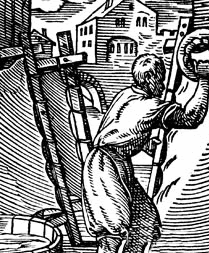
Etching
The medium to be processed upon is a metal . it could be Iron , Copper or Zinc. It is a chemical process involving the after effects of an acid on a metal plate when it is dipped into it. It takes lesser time . The incision/grooves need not be uniform in nature. The grooves are meant to be inked . The natural texture of the metal becomes a background of the print.

NON TOXIC ETCHING
In the late 20th century, Floor wax has been used as hard ground cover for coating plates. Mark Zaffron and Keith Howard developed acrylic polymers as ground and ferric chloride for etching. The polymers could be removed using sodium carbonate -washing soda , rather than solvents . Ferric chloride does not produce corrosive gas in the process.
The where of Etching presently
During the 17th century, the final works of both xylography prints and etching print turned out to be formidably similar . And technology took in to make better printing techniques. Now-a-days , Etching is done predominantly in micro-fabrication industries and in name boards. Micro-fabrication took the concept of etching to a whole new level by the commencement of photo-chemical machining . Thus the art has not lost its value . It has only been used effectively now .
Good things take time .
https://en.wikipedia.org/wiki/Etching
https://science.jrank.org/pages/2516/Engraving-Etching-Evolution-etching-techniques.html
